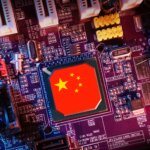China is planning its biggest state-backed chip fund yet
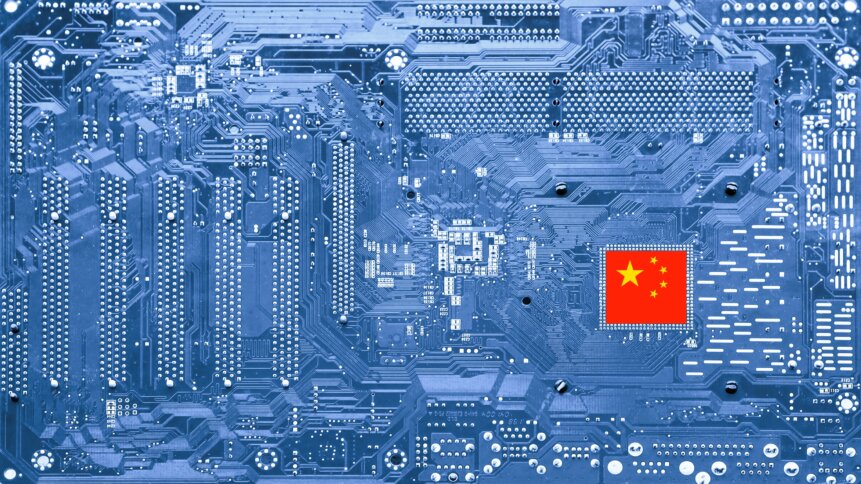
- China may unveil the state-backed chip fund soon, which will be the largest yet.
- The country is trying to make its semiconductor sector self-sufficient in th eface of US restrictions.
- Among the critical areas of investment would be equipment for chip manufacturing.
Since 2014, China has had a low-profile state-backed fund leading the national effort to catch up in the global chip industry. The China Integrated Circuit Industry Investment Fund, more commonly known as Big Fund, has been raising funds and backing local semiconductor start-ups and research and development since 2014.
Through the China Integrated Circuit Industry Investment Fund, China has sought to accelerate its efforts to gain self-sufficiency and parity in semiconductors in light of the growing tensions between the US and China in trade and economic policy. Based on all publicly available information, the Big Fund has raised two funds previously, totaling 138.7 billion yuan (US$19 billion) in 2014 and 200 billion yuan (US$27 billion) in 2019.
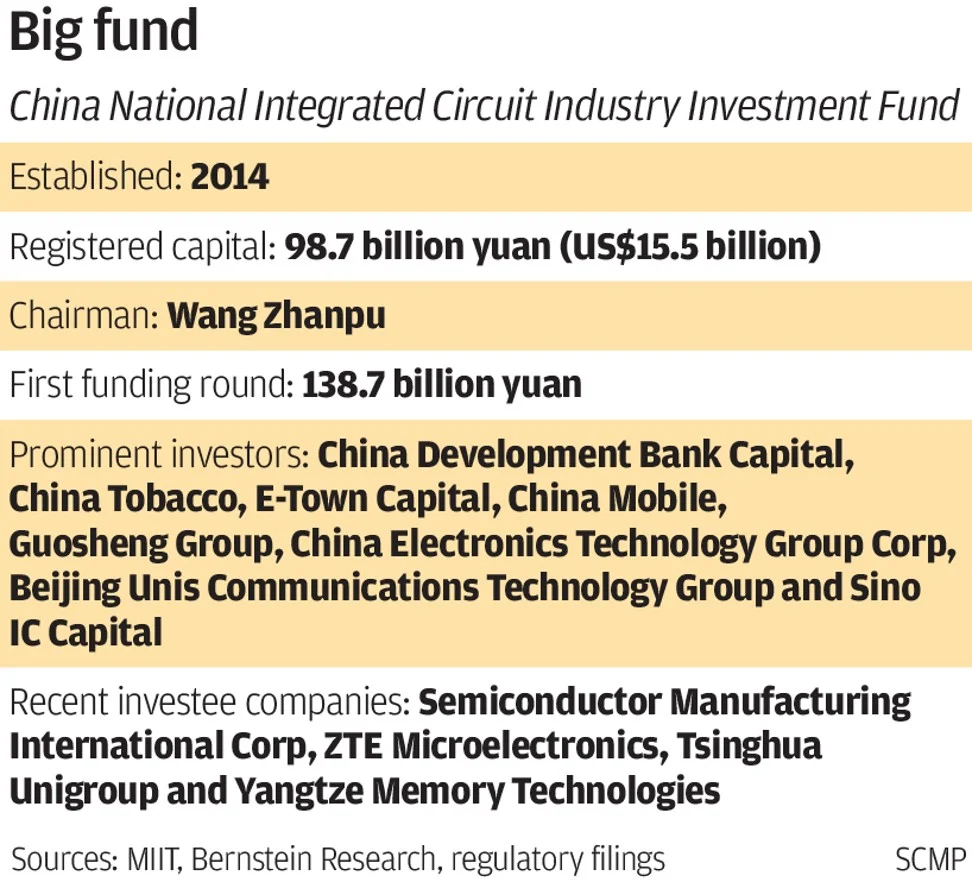
Details on the Big Fund. Source: South China Morning Post
The fund operates as a corporate entity under the Ministry of Industry and Information Technology (MIIT) and the Ministry of Finance. There are talks that the Big Fund is now looking to raise more funds – likely to be the biggest of three funds launched. “China is set to launch a new state-backed investment fund that aims to raise around US$40 billion for its semiconductor sector, two people familiar with the matter said,” according to a Reuters report earlier this week.
Citing its sources, Reuters noted that one main area of investment will be equipment for chip manufacturing, signaling China’s move towards self-reliance amid intensifying US sanctions. The country’s finance ministry may contribute 60 billion yuan to the fund, which recently won approval to operate. However, the report added that the process may take time, and it’s unclear who the potential investors were or when it might launch.
How has the Big Fund been helping the semiconductor sector in China?
The Big Fund became dormant for a few months following the anti-graft investigations in 2022. Regulators launched probes into alleged graft involving the fund and affiliates as top Chinese leaders grew frustrated with a lack of breakthroughs in developing semiconductors to replace imports after years of ample government investments.
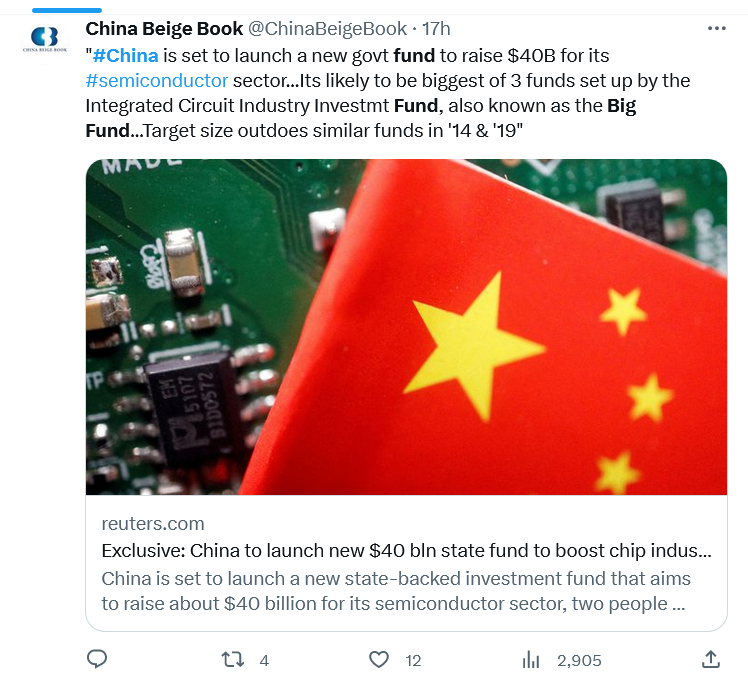
China is preparing to launch its largest chip fund ever.
The probe was also triggered while the US and its allies were tightening restrictions on China’s access to critical technologies. The Big Fund has so far backed China’s two biggest chip foundries, Semiconductor Manufacturing International Corporation and Hua Hong Semiconductor, Yangtze Memory Technologies, a flash memory maker, and several smaller companies and funds.
To top it off, just a few days ago, Chinese telecommunications giant Huawei launched its “most powerful” smartphone yet, which was shown to contain an advanced chip made by SMIC, indicating that the country is progressing in replacing American technology.
According to a few reports, the Big Fund’s latest round of financing took place in late December 2022, giving it a 5.7% stake in Heyan Technology, which specializes in producing high-precision equipment that manufacturers of chips use to cut silicon wafers. It was followed by an announcement that Heyan had finalized plans to invest 315 million yuan (US$45.7 million) to build a new factory for semiconductor manufacturing equipment in Shenyang.
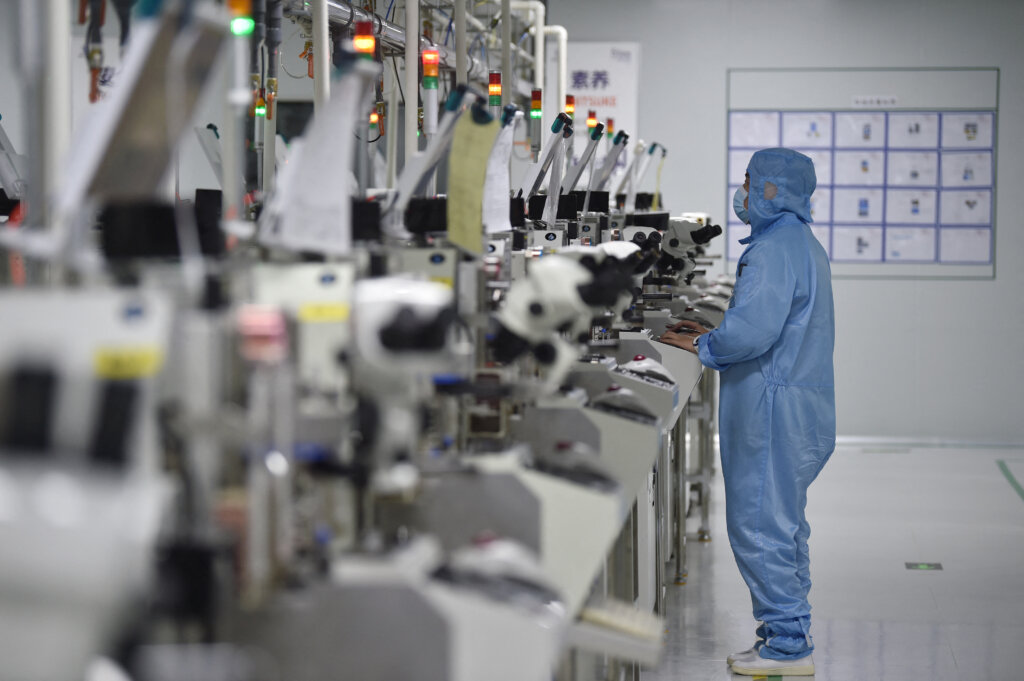
This photo taken on February 28, 2023 shows a worker producing semiconductor chips at a workshop in Suqian, in China’s eastern Jiangsu province. (Photo by AFP) / China OUT
The new investment is in line with the stated goals of the Big Fund since it entered its second phase in 2019. Speaking at a summit in 2021, former head of the national fund, Dīng Wénwǔ, stated that one goal of the fund’s second phase would be to invest in companies that produce semiconductor manufacturing equipment to bolster domestic chip supply chains.
Besides Heyan, a few other semiconductor equipment makers that received funding from the national chip fund in 2022 included Weiteng Semiconductor, TETE Laser, Leiming Laser, and Cowin Laser, all of which manufacture machines that cut silicon wafers. Still, the corruption scandals in which the Big Fund was mired last year appear to have influenced the investment activity for the year — from late March through August, the Big Fund made zero investments, according to local reports.
Overall, the fund made eight investments in 2022, down from 14 in 2021.
US chip prowess may be a ‘want’ and not a ‘need’ for China
The new Huawei phone, dubbed the Mate 60 Pro and powered by a new Kirin 9000s chip, is the first to utilize SMIC’s (the biggest beneficiary of the state-backed Big Fund) most advanced 7nm technology. The China-made chip marks a clear win for the country in its attempts to defy Washington’s sanctions.
So much so that, although Huawei has been silent on the technology behind the chip in its latest phone, the Mate 60 Pro has triggered an outpouring of nationalist sentiment, with netizens hailing the device as proof that China can make technological breakthroughs in the face of tough US sanctions.
Nationalist tabloid Global Times published an editorial last week saying the new handset proves that “extreme suppression by the US has failed.” State-backed broadcaster CCTV has hailed the Mate 60 Pro as a phone powered by “Chinese chips” and said in a report over the weekend that more than 10,000 components in the Mate 60 Pro were manufactured domestically, without identifying any suppliers.
While the Chinese aren’t yet able to make advanced chips in quantity, or the state-of-the-art semiconductors the West is already deploying in consumer products, it would surprise no-one were they to get better at it fast — significantly, if the government is raising US$40 billion to support the domestic chip industry.
As experts worldwide have said, the US can always tighten its sanctions regimes and strengthen the safeguards to slow the proliferation of China in high-tech indusstries. But as the saying goes, “what doesn’t kill you makes you stronger.”








